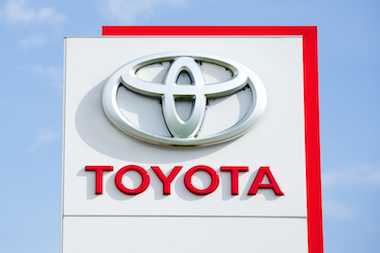TOYOTA

The Japanese carmaker’s reputation plummeted after a safety fault in its cars led to the death of four Americans and forced Toyota to make its largest ever recall of cars back to the production line. By the end of 2010, Toyota had recalled a total of 8.8 million vehicles because of floor mats that trapped accelerator pedals and caused crashes.
Crisis management lessons?
Don’t ignore concerns: Toyota’s response to the initial fears of safety problems in its cars was lamentably slow. Rather than senior management taking responsibility, the company sent out PR teams to try and stop the media backlash. When further crashes led Toyota to admit there was a problem, the company faced an even bigger obstacle to reassure customers, as public perception was already skewed against the company.
Executives are visible: In attempting to regain consumer trust, Toyota made sure its senior management were highly visible and approachable to the public. During 2010, when recalls were at their peak, Toyota leaders – including US motor sales president Jim Lentz — spoke regularly to print and broadcast media, as well as holding community chats via Digg Dialogg and Twitter.
Toyota’s national interactive marketing manager, Kimberley Gardiner, commented at the time: “It personifies the idea that, yes, Toyota is a brand, but Toyota is also a collection of leaders and people who care and who want to assure customers that we’re making every effort to do the right thing […] It humanizes the brand.”
http://www.managers.org.uk/insights/news/2015/july/lessons-in-crisis-management-from-merlin-bp-toyota-siemens

